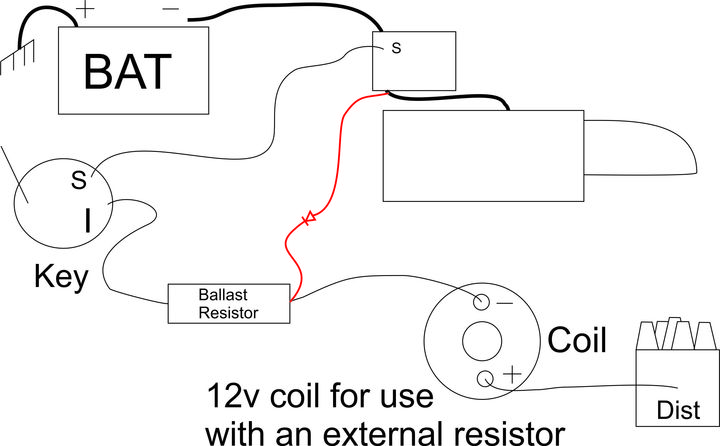Got a 1975 "key start" Farmall 140 tractor, and I just completed a fresh tune up today with new points, plugs, rotor, and condensor. Wires & cap looked good, so left them alone. Carburetor has been professionally rebuilt.
This tractor has 150 psi on all 4 cylinders, yet it starts hard....even after the tune up. I have noticed that when starting it, you can hold down on the key and turn the engine over from "now til next month", and it will not
'fire' or 'crank up' Until you let go of the key/stop turning over on the starter.
I have never seen a tractor do this....what is the problem!? I want it to start up on the first turn or two without havin to let go of the key.
This tractor has 150 psi on all 4 cylinders, yet it starts hard....even after the tune up. I have noticed that when starting it, you can hold down on the key and turn the engine over from "now til next month", and it will not
'fire' or 'crank up' Until you let go of the key/stop turning over on the starter.
I have never seen a tractor do this....what is the problem!? I want it to start up on the first turn or two without havin to let go of the key.


